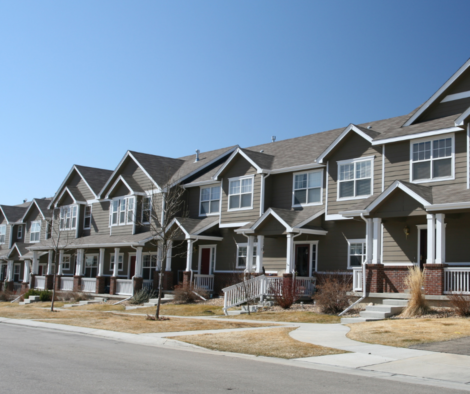Canvas Health’s Washington County Supportive Housing program serves over 100 people each year, helping them exit homelessness and rebuild their lives over months and years. Clients face numerous compounding struggles along with homelessness, such as mental illness, substance use, damaged community or familial relationships, poor job prospects, etc. Canvas Health’s supportive housing program provides clients residential stability while staff help them develop skills and earn income.

Supportive Housing Program
The Washington County Supportive Housing program is rolling out additional supports through Housing Stabilization Services. Housing Stabilization Services can be provided to Medicaid recipients with a disability, which may include mental illness or substance use, who are also homeless or at-risk of homelessness.
Housing Stabilization Services will help current and future clients with both Transition and Sustaining services. Examples of this work include:
- Transition: creating housing transition plans, conducting housing services, resolving barriers to accessing housing, securing additional services, and organizing a person’s move.
- Sustaining: creating housing stabilization plans, education and skill development necessary for being a good tenant and lease compliance, coaching to maintain key relationships, prevent evictions, prevention and identification of problematic behaviors, building community ties.
SHARE Program
An example of how Housing Stabilization Services can benefit clients and their families is very clear in our SHARE (Sober Housing and Recovery Environment) program.
SHARE is a permanent supportive housing project within Canvas Health’s Washington County Supportive Housing program. SHARE serves formerly homeless single mothers recovering from substance use in seven town homes in Forest Lake, MN. Currently, each townhome houses a single-mother and her children, serving a total of 7 women and 16 children.
At SHARE, the women and their children continue recovery while accessing services and increasing their self-sufficiency.
Housing Stabilization Services provided by two Canvas Health staff can help SHARE parents in many concrete ways, such as:
- Creating housing transition plans for clients ready to leave SHARE, resolving barriers to their next home, and organizing their move
- Providing coaching to clients for how to foster and improve key relationships, like at their job or with family members and friends
- Educating about their rights and how to be a good tenant to prevent future lease violations and/or evictions
- Helping clients secure additional services their have access to and/or are entitled to, so they have additional income or resources that will help them remain housed
Ensuring Residents Get the Care They Need
Canvas Health believes supports like Housing Stabilization Services are an important part of ensuring all Washington County residents get the care they need. This is why Canvas Health staff at SHARE use on-site research-based methods of case management and substance abuse counseling, in addition to group therapy, education (financial, housing, life skills), and family recreational gatherings.
Whether in SHARE or in another part of Canvas Health’s Washington County Supportive Housing program, these services can be profound. For example, Patty has been a resident in one of our buildings. She was considered “long term homeless” before she came to us, meaning that she had been homeless for over one year. In Patty’s case it was many years. We asked her what she thought about homelessness and the services she has received through Canvas Health:
“Being homeless is complicated. It is not specific to socioeconomic status, race, religion, gender, or education. The reality of being homeless in Minnesota is different than Arizona where the weather is always nice. In Minnesota you find a place inside so you do not freeze to death. When you have to leave the shelter for 5-6 hours every day, you have the “heavy weight” of your belongings to carry around with you. You wander the streets looking for a place to be safe and warm. If you have money, you can hang out in a Burger King or similar for a while. If you have no money, you can go to the train station or a library. In warmer weather, Rice Park is a place to sit and talk with others, read a book or rest.
“My days at the most recent shelter ended after about a year. One day the social worker asked if I’d like to move to my own apartment in a new building. I met with John from Canvas Health and looked at 3 apartments in this new building. I got to choose which one! That was 6 years ago. With a nice place to live, I could relax. I am thankful that I have a place that is safe and warm, and has allowed me to be me again.”



